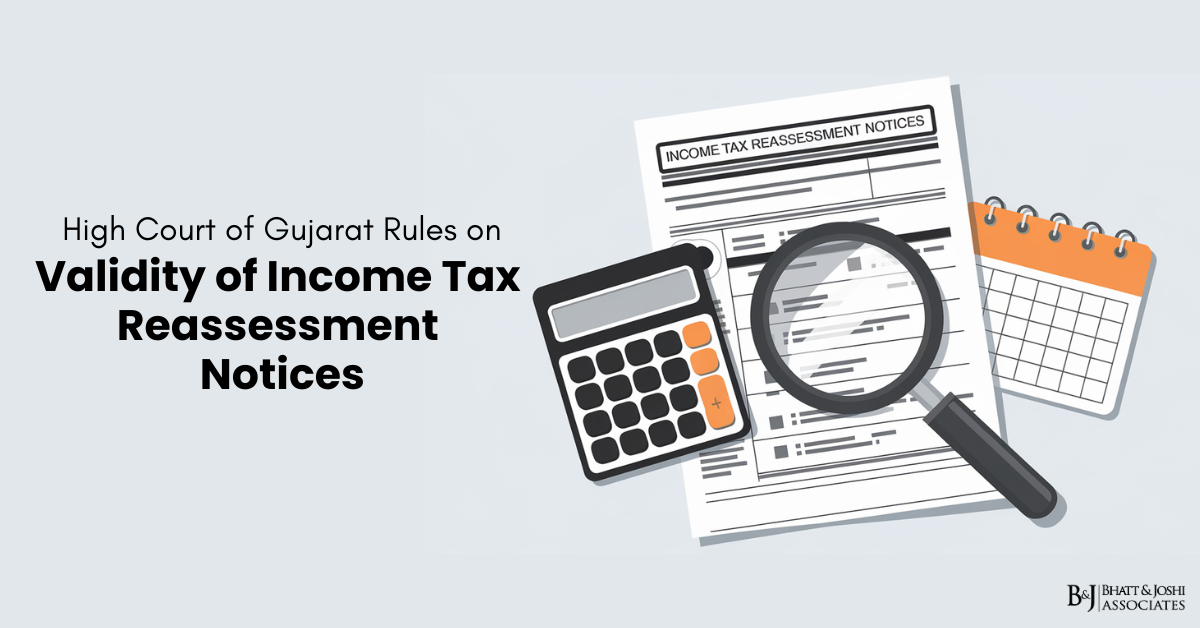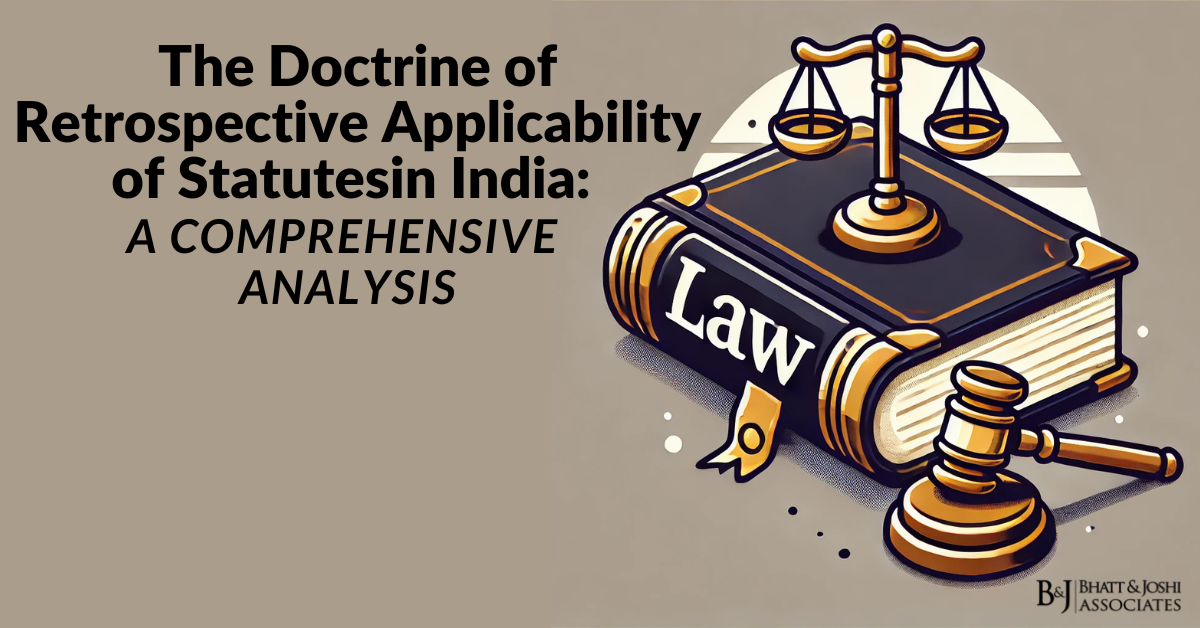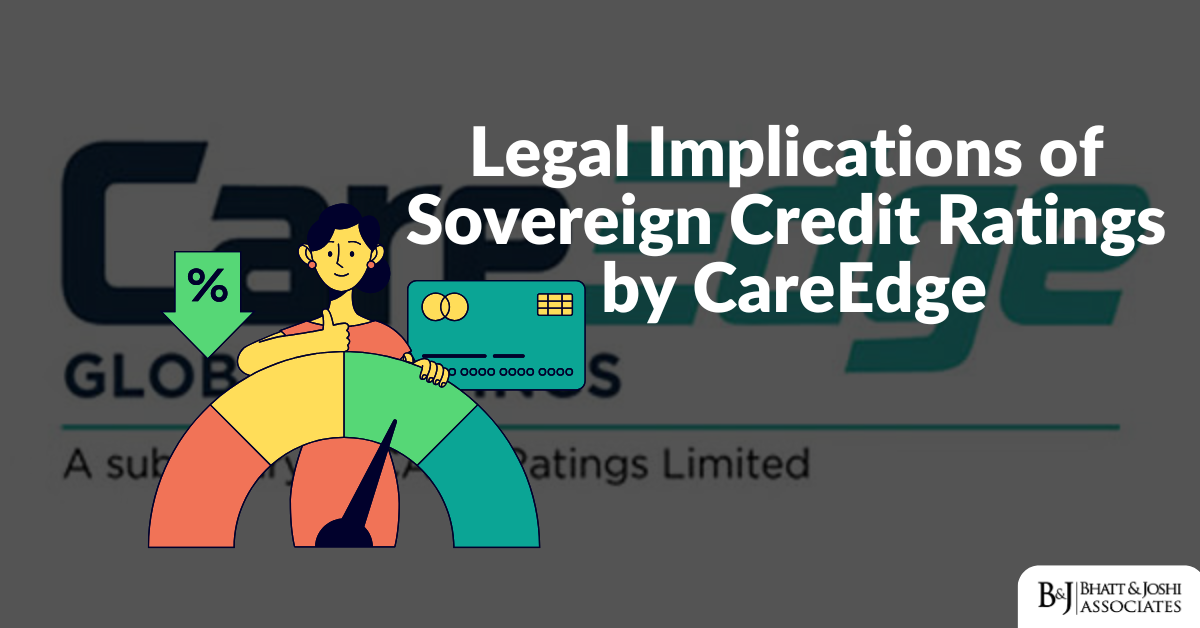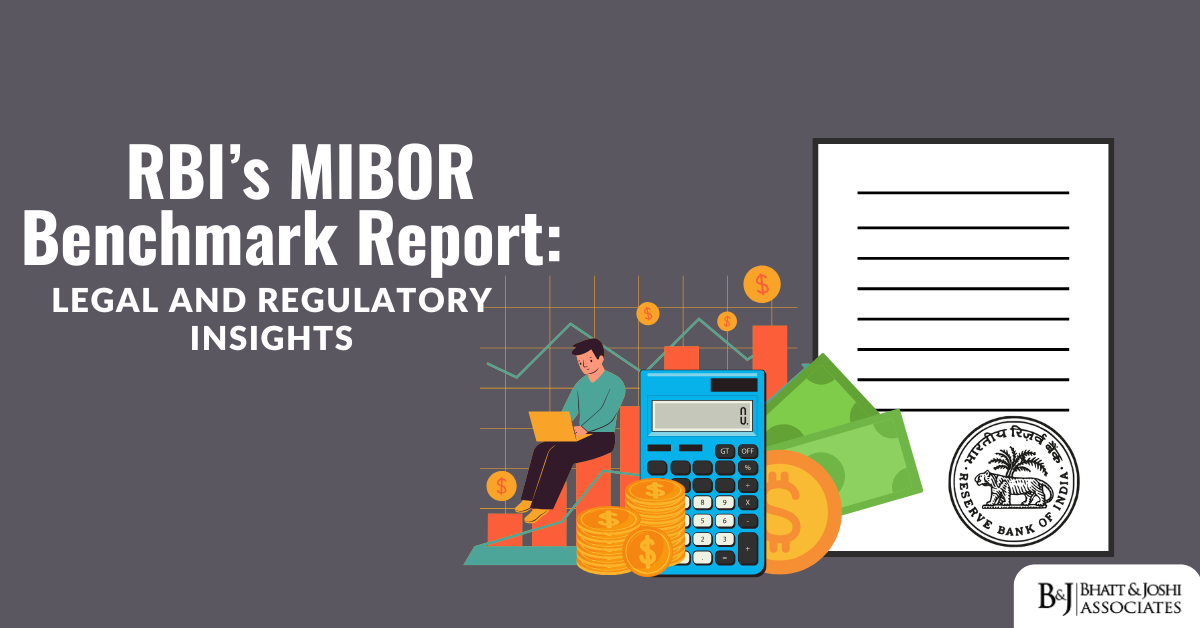Introduction
In a significant ruling that has implications for taxpayers and the Income Tax Department alike, the High Court of Gujarat at Ahmedabad, in its decision on reassessment notices, has declared certain notices issued by the Income Tax Department as time-barred. The judgment, delivered on February 7, 2023, addresses a group of petitions challenging reassessment notices issued under Section 148 of the Income Tax Act, 1961. The core issue revolves around whether these notices are barred by the statute of limitations, considering the amendments introduced by the Finance Act, 2021, and the Taxation and Other Laws (Relaxation and Amendment of Certain Provisions) Act, 2020 (TLA Act).
Background of the Case
The case centers on reassessment notices issued by the Income Tax Department for the assessment years 2013-14 and 2014-15. The petitioners, who are taxpayers who received these notices, contended that the notices were time-barred under the amended provisions of the Income Tax Act, 1961.
The crux of the matter lies in the complex interplay between the old and new reassessment schemes as defined by the Income Tax Act, 1961, the Finance Act, 2021, and the TLA Act. The Finance Act, 2021, introduced significant changes to the reassessment proceedings, including the introduction of Section 148A. However, due to the extraordinary circumstances presented by the COVID-19 pandemic, the Central Government invoked the TLA Act to extend the timelines for various compliances, including the issuance of reassessment notices.
This case highlights the tension between the government’s efforts to provide relief during the pandemic and the statutory rights of taxpayers. It also underscores the challenges in interpreting and applying laws that have undergone significant amendments, especially when those amendments coincide with extraordinary circumstances that necessitate additional legislative measures.
The Petitioners’ Arguments
The petitioners presented several arguments to support their claim that the reassessment notices were time-barred:
- Applicability of the New Reassessment Scheme:
The petitioners argued that the reassessment notices, issued after April 1, 2021, should be governed by the new reassessment scheme introduced by the Finance Act, 2021. This new scheme mandates that a show cause notice under Section 148A be issued before a notice under Section 148. The petitioners contended that since this procedure was not followed, the notices under Section 148 were invalid.
This argument hinges on the principle that the validity of a notice should be determined by the law in effect on the date of its issuance. By asserting that the new scheme should apply, the petitioners were effectively challenging the Income Tax Department’s attempt to operate under the old scheme even after the new amendments had come into effect.
- Statutory Limitation Period:
The petitioners further argued that the reassessment notices were time-barred under the first proviso to Section 149(1) of the Income Tax Act, 1961. This proviso stipulates a time limit of three years for issuing reassessment notices for relevant assessment years, unless certain specific conditions are met. As the notices for assessment years 2013-14 and 2014-15 were issued beyond this three-year limit, the petitioners claimed they were time-barred.
This argument strikes at the heart of the statute of limitations issue. The petitioners were essentially asserting that even if the old scheme were to apply, the notices would still be invalid as they were issued outside the prescribed time limit.
- Ultra Vires Notifications:
The petitioners contended that the Central Board of Direct Taxes (CBDT) had issued notifications extending the time limit for issuance of notices under the old scheme, even after the new scheme had come into effect. They argued that these notifications were ultra vires, as they sought to extend a repealed act.
This argument challenges the very authority of the CBDT to issue such notifications. By claiming that the notifications were ultra vires, the petitioners were questioning whether the executive branch of the government could use administrative measures to override or extend a repealed Act.
The Revenue’s Arguments
The Income Tax Department (Revenue) countered the petitioners’ arguments with several points of their own:
- Validity of Notices under TLA Act:
The Revenue argued that the reassessment notices were issued within the extended time limit granted under the TLA Act and the subsequent notifications issued by the Central Government. They contended that the TLA Act empowered the government to extend the time limit for “any action” under the specified act, including the issuance of reassessment notices.
This argument relies on the extraordinary powers granted to the government under the TLA Act to deal with the disruptions caused by the COVID-19 pandemic. The Revenue was essentially claiming that these powers allowed them to extend deadlines even for actions under the old reassessment scheme.
- Supreme Court’s Decision in Union of India vs. Ashish Agarwal:
The Revenue heavily relied on the Supreme Court’s decision in the case of Union of India vs. Ashish Agarwal. In this case, the Supreme Court had deemed similar reassessment notices, issued between April 1, 2021, and June 30, 2021, as show cause notices under Section 148A(b) of the Act.
The Revenue argued that since the original notices were issued within the extended time limit under the TLA Act, the subsequent notices issued under Section 148, following the Ashish Agarwal decision, were not time-barred. This argument attempts to use the Supreme Court’s decision as a blanket validation for all notices issued during this period, regardless of whether they would have been time-barred under normal circumstances.
- CBDT Instructions:
The Revenue supported its stance by referring to the CBDT Instruction No.1 of 2022, which provides guidelines for applying the new Section 149 following the Ashish Agarwal decision. These instructions interpret the Supreme Court’s decision to allow for reassessment notices within the extended time limit provided by the TLA Act.
By citing these instructions, the Revenue was attempting to show that their actions were in line with the official interpretation of the Supreme Court’s decision and the application of the new laws.
The Decision of Gujarat High Court on Reassessment Notices
After considering the arguments from both sides, the High Court of Gujarat at Ahmedabad ruled in favor of the petitioners. The court held that the reassessment notices for assessment years 2013-14 and 2014-15 were indeed time-barred. The court’s reasoning can be summarized as follows:
- Applicability of New Law:
The court affirmed the principle that the validity of a notice is determined by the law in effect on the date of issuance. Since the disputed notices were issued after April 1, 2021, they are subject to the amended provisions of the Income Tax Act, 1961, as per the Finance Act, 2021.
This decision upholds the fundamental legal principle that laws should be applied prospectively unless explicitly stated otherwise. It also reinforces the idea that taxpayers should be able to rely on the current state of the law when assessing their rights and obligations.
- Ultra Vires Notifications:
The court agreed with the petitioners that the CBDT notifications extending the time limit for issuing notices under the old scheme after the new scheme came into effect were ultra vires. The court reinforced the established legal principle that the executive branch cannot use notifications to override or extend a repealed Act.
This part of the judgment serves as a check on executive power, emphasizing that administrative bodies cannot use their rule-making authority to circumvent or extend legislative acts that have been repealed or amended by Parliament.
- Interpretation of Ashish Agarwal Decision:
The court clarified that the Supreme Court’s decision in Ashish Agarwal should not be interpreted as a blanket validation for all notices issued between April 1, 2021, and June 30, 2021. While the Supreme Court permitted treating those notices as show cause notices under Section 148A(b) to prevent the Revenue from being left remediless, it did not exempt those notices from the statutory limitation period stipulated in Section 149(1).
This interpretation is crucial as it limits the scope of the Supreme Court’s decision in Ashish Agarwal. The High Court is essentially saying that while the Supreme Court provided a remedy to save certain notices from being declared invalid due to procedural issues, it did not intend to override the fundamental statutory limitations on the issuance of such notices.
Implications of the Gujarat High Court Judgment on Reassessment Notices
This judgment by the Gujarat high court on reassessment notices has several important implications:
- Upholding Taxpayer Rights:
By ruling in favor of the petitioners, the court has reinforced the importance of taxpayer rights and the principle that tax laws should be interpreted strictly. This decision provides a safeguard against potential overreach by tax authorities, especially in times of extraordinary circumstances like the COVID-19 pandemic.
- Limits on Executive Power:
The court’s ruling that the CBDT notifications were ultra vires serves as a reminder of the limits of executive power. It emphasizes that even in times of crisis, administrative bodies must operate within the bounds of their statutory authority and cannot use notifications to override or extend repealed legislative provisions.
- Clarification on the Ashish Agarwal Decision:
The court’s interpretation of the Supreme Court’s decision in Ashish Agarwal provides important clarity on how that judgment should be applied. It makes it clear that while the Supreme Court provided a remedy to save certain notices from procedural invalidity, it did not intend to override statutory limitation periods.
- Balancing Pandemic Measures with Legal Certainty:
The judgment navigates the delicate balance between the need for extraordinary measures during the pandemic (as exemplified by the TLA Act) and the need for legal certainty and protection of taxpayer rights. It suggests that while pandemic-related relaxations may be necessary, they cannot be used to fundamentally alter established legal principles or statutory limitations.
- Potential Impact on Similar Cases:
This judgment may have implications for similar cases across India where reassessment notices were issued under comparable circumstances. It could potentially lead to more taxpayers challenging such notices if they were issued outside the statutory limitation period.
Conclusion
The judgment of Gujarat high court on reassessment notices provides a crucial interpretation of the interplay between the old and new reassessment schemes under the Income Tax Act, 1961. It reaffirms the principle that statutory time limits cannot be overridden by executive notifications, even in light of the extraordinary circumstances presented by the COVID-19 pandemic and the subsequent enactment of the TLA Act.
This judgment serves as a reminder that while the Revenue has the power to reassess income, this power must be exercised within the bounds of the law and should respect the statutory rights of taxpayers. It underscores the importance of legal certainty and the protection of taxpayer rights, even in times of unprecedented challenges like a global pandemic.
Moreover, the court’s nuanced interpretation of the Supreme Court’s decision in Ashish Agarwal demonstrates the complex nature of applying judicial precedents, especially when they intersect with statutory amendments and extraordinary legislative measures.
As India continues to navigate the aftermath of the COVID-19 pandemic and its impact on tax administration, this judgment provides valuable guidance on how to balance the need for flexibility with the fundamental principles of tax law and taxpayer rights. It is likely to be a significant reference point for future cases dealing with similar issues of statutory interpretation and the limits of administrative power in the realm of taxation.
Ultimately, this case highlights the ongoing challenge of adapting tax administration to extraordinary circumstances while maintaining the integrity of the legal system and protecting the rights of taxpayers. It serves as a reminder of the crucial role that the judiciary plays in interpreting and applying tax laws, especially in times of rapid legislative change and unprecedented global events.
Written by
Adv. Vishal D. Davda
Associate
Bhatt and Joshi Associates














